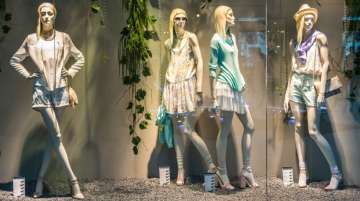Don’t go by the size of the mannequins at the fashion stores. They are ‘too thin’ and promote unrealistic body ideals.
The study, published in the Journal of Eating Disorders, found that the average female mannequin's body size was representative of a severely underweight woman.
These ultra-thin models may prompt body image problems and encourage eating disorders in young people, the researchers said.
"Because ultra-thin ideals encourage the development of body image problems in young people, we need to change the environment and reduce emphasis on the value of extreme thinness," said Eric Robinson, from the University of Liverpool in Britain.
However, altering the size of high street fashion mannequins alone would not "solve" body image problems.
Also Read: SHOCKING: A Dutch reality show where men guess if a woman is 'fat' or 'pregnant'
"What we are instead saying is that presentation of ultra-thin female bodies is likely to reinforce inappropriate and unobtainable body ideals. So as a society we should be taking measures to stop this type of reinforcement," Robinson said.
"Given that the prevalence of body image problems and disordered eating in young people is worryingly high, positive action that challenges communication of ultra-thin ideal may be of particular benefit to children, adolescents and young adult females," he noted.
For the study, the team surveyed national fashion retailers located on the high street of two cities in Britain.
The average male mannequin's body size was significantly larger in contrast to the average female mannequin's body size and only a small proportion of male mannequins represented an underweight body size.
(With IANS Inputs)

